Home>Furniture & Design>Interior Design Trends>How Full Should A Wine Glass Be
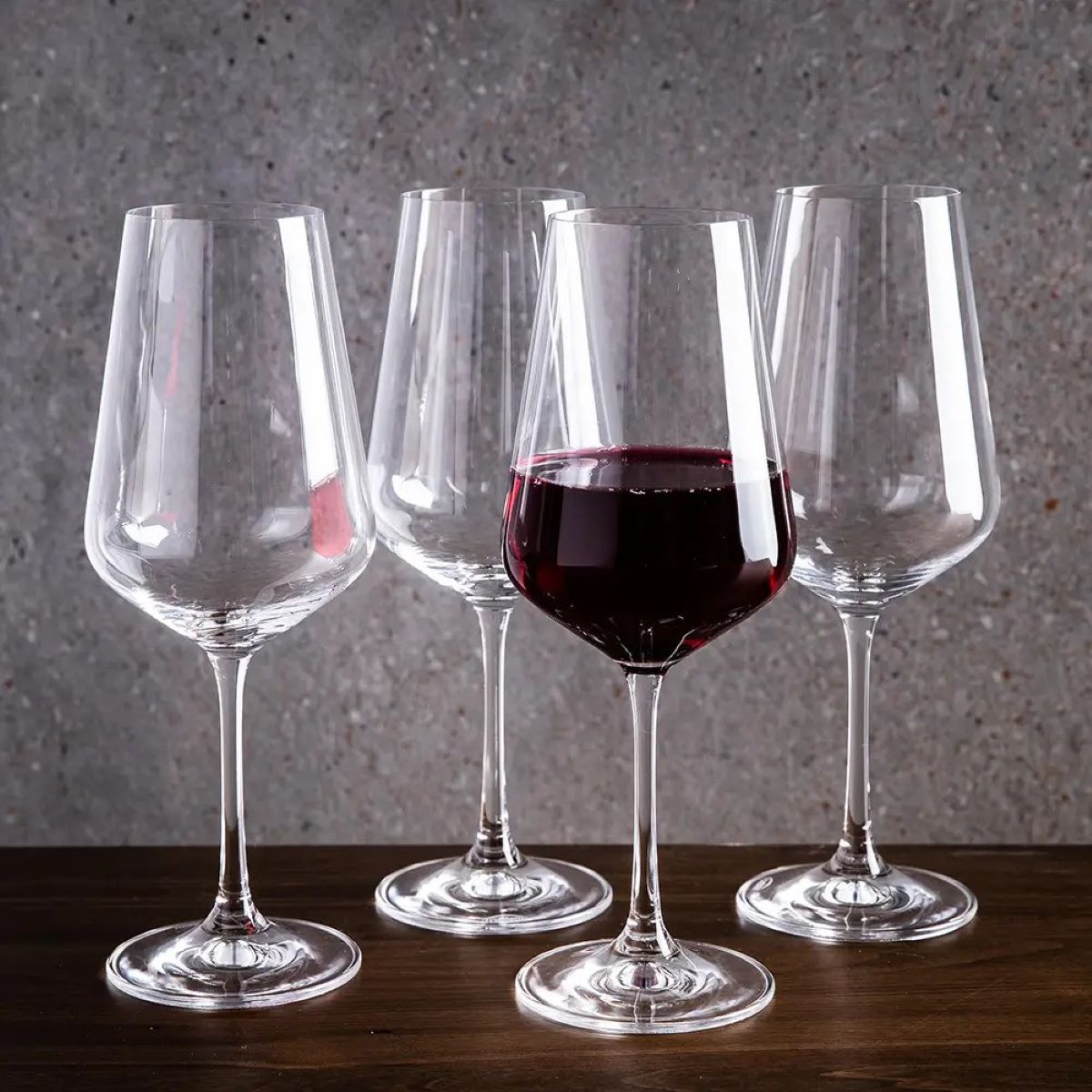

Interior Design Trends
How Full Should A Wine Glass Be
Published: February 7, 2024
Discover the latest interior design trends for wine glasses and learn how full a wine glass should be for the perfect pour. Explore expert tips and advice.
(Many of the links in this article redirect to a specific reviewed product. Your purchase of these products through affiliate links helps to generate commission for Storables.com, at no extra cost. Learn more)
Introduction
The art of serving wine is a delicate balance, where every detail contributes to the overall experience. One such detail that often sparks debate among wine enthusiasts is the question of how full a wine glass should be. While it may seem like a trivial matter, the level of wine in a glass can significantly influence the sensory experience and overall enjoyment of the wine.
Understanding the ideal fill level for a wine glass involves considering various factors, including the type of wine being served, the shape and size of the glass, and the desired sensory impact. By delving into these aspects, we can gain a deeper appreciation for the nuances of wine consumption and the role that serving size plays in enhancing the overall enjoyment of this beloved beverage.
In this article, we will explore the factors that influence the ideal fill level of a wine glass, the impact of aroma and taste, and the serving size guidelines that can help wine enthusiasts make informed decisions when pouring their favorite vintages. By shedding light on these aspects, we aim to provide a comprehensive understanding of the significance of the fill level in wine glasses and empower readers to elevate their wine-drinking experiences.
Key Takeaways:
- The ideal fill level for a wine glass depends on the type of wine, glass design, and personal preference. It can enhance the aroma and taste, making the wine-drinking experience more enjoyable and nuanced.
- Adhering to serving size guidelines is crucial for optimizing the tasting experience and promoting responsible consumption. Understanding pour sizes for different wines empowers individuals to savor and appreciate their favorite vintages while considering personal preferences.
Factors to Consider
When determining the ideal fill level for a wine glass, several factors come into play, each contributing to the overall sensory experience. These factors encompass the type of wine being served, the design of the glassware, and the individual preferences of the drinker.
Type of Wine
The type of wine being served is a crucial consideration when deciding how full to pour a glass. Red wines, with their complex aromas and flavors, often benefit from a larger surface area exposed to the air. This exposure allows the wine to breathe, enhancing its aromas and softening its tannins. As a result, red wine glasses are typically larger and have a wider bowl, allowing for a fuller pour to facilitate the aeration process. In contrast, white wines, which are generally more delicate and aromatic, are often poured in smaller quantities to preserve their nuanced aromas and maintain a cooler temperature.
Glass Design
The design of the wine glass plays a significant role in determining the appropriate fill level. The shape and size of the glassware are tailored to specific wine varietals, aiming to optimize the wine-drinking experience. For example, glasses designed for red wines typically have a larger bowl to accommodate a fuller pour, while those intended for white wines have a smaller bowl to maintain the wine's temperature and concentrate its aromas. Additionally, the shape of the glass rim can influence the way the wine flows onto the palate, affecting the perception of flavors and aromas.
Personal Preference
Individual preferences also factor into the equation when deciding how full to pour a wine glass. Some wine enthusiasts may prefer a more generous pour to fully immerse themselves in the wine's aromas and flavors, while others may opt for a more restrained pour to savor the wine gradually. Moreover, the occasion and setting can influence pour size, with casual gatherings often allowing for more liberal pours, while formal events may call for more measured servings.
Considering these factors collectively, it becomes evident that the ideal fill level for a wine glass is not a one-size-fits-all concept. Instead, it is a nuanced decision that takes into account the characteristics of the wine, the design of the glassware, and the preferences of the drinker. By carefully considering these factors, wine enthusiasts can ensure that each pour is tailored to optimize the sensory experience, ultimately enhancing their enjoyment of the wine.
Read more: What Is Full Glass Coverage
The Role of Aroma
The aroma of a wine, often referred to as its "nose," is a fundamental aspect of the overall tasting experience. It encompasses the complex array of scents that emanate from the wine, offering a preview of the flavors that will unfold on the palate. The role of aroma in wine appreciation is multifaceted, influencing not only the sensory perception but also the emotional and psychological aspects of the tasting experience.
When considering the ideal fill level for a wine glass, the role of aroma takes center stage. Aromas are volatile compounds that are released from the wine and captured in the airspace of the glass. A fuller pour can enhance the exposure of these compounds to the drinker, intensifying the aromatic experience. For wines with intricate bouquets, such as aged reds or aromatic whites, a fuller pour can amplify the olfactory impact, allowing the drinker to fully immerse themselves in the wine's aromatic complexity.
Furthermore, the shape of the wine glass plays a pivotal role in concentrating and directing the wine's aromas toward the drinker's nose. Glasses with a tapered rim, such as those designed for red wines, can channel the aromas upward, accentuating the wine's bouquet. In contrast, glasses with a more open rim, typical of white wine glasses, disperse the aromas more widely, creating a delicate olfactory experience.
The impact of aroma on the overall tasting experience cannot be overstated. Aromas provide vital clues about the wine's origin, grape variety, and winemaking techniques, enriching the drinker's understanding and appreciation of the wine. Moreover, the olfactory system is intricately linked to the sense of taste, with aromas significantly influencing the perception of flavors on the palate. By enhancing the aromatic experience through an optimal fill level, wine enthusiasts can elevate their sensory journey and gain a deeper understanding of the wine's nuances.
In essence, the role of aroma in wine appreciation underscores the significance of the fill level in wine glasses. By carefully considering the interplay between pour size, glass design, and aromatic impact, wine enthusiasts can unlock the full potential of the wine's bouquet, enriching their tasting experiences and deepening their connection with the wine.
The Impact on Taste
The fill level of a wine glass has a profound impact on the taste experience, influencing the way flavors unfold on the palate and the overall perception of the wine's taste profile. When contemplating the ideal fill level, it is essential to recognize the intricate interplay between pour size, glass design, and the sensory perception of taste.
The taste of wine is a culmination of various elements, including sweetness, acidity, tannins, and body, all of which contribute to the overall flavor profile. The fill level of the glass can significantly influence the distribution of these elements on the palate. A fuller pour allows for a broader surface area of wine to come into contact with the taste buds, potentially enhancing the perception of the wine's body and texture. This can be particularly relevant for robust red wines with complex tannins, where a fuller pour can facilitate a more comprehensive exploration of the wine's structural components.
Moreover, the design of the wine glass, particularly the shape of the bowl and the width of the rim, can impact the way the wine is delivered to the palate. Glasses with a wider bowl, often used for red wines, can promote a broader distribution of the wine across the palate, potentially accentuating the interplay of flavors and textures. In contrast, glasses with a narrower bowl, typical of white wine glasses, may concentrate the wine's flavors, offering a more focused taste experience.
The impact of taste is further influenced by the temperature of the wine, which can be affected by the fill level in the glass. A fuller pour may result in a slightly higher wine temperature due to the wine's increased exposure to the surrounding air. This can influence the perception of sweetness, acidity, and overall flavor intensity, underscoring the importance of considering the desired serving temperature when determining the fill level.
Ultimately, the impact on taste underscores the intricate relationship between pour size, glass design, and the sensory perception of flavor. By carefully considering these factors, wine enthusiasts can tailor the fill level to optimize the taste experience, allowing them to fully appreciate the nuances of the wine's flavor profile and enhance their overall enjoyment of the wine.
In essence, the fill level of a wine glass is a pivotal consideration that can profoundly influence the taste experience, offering wine enthusiasts an opportunity to engage with the wine's flavors in a nuanced and enriching manner.
Serving Size Guidelines
When it comes to serving wine, adhering to appropriate size guidelines is essential for optimizing the tasting experience. While personal preferences and contextual factors play a role, understanding general serving size guidelines can help wine enthusiasts make informed decisions when pouring their favorite vintages.
Standard Pour Size
A standard pour of wine typically amounts to 5 ounces, constituting a single serving. This quantity is based on recommendations from the National Institute on Alcohol Abuse and Alcoholism (NIAAA) and is considered a moderate and responsible serving size. It allows for the enjoyment of the wine's flavors and aromas without excessive consumption.
Read more: How To Clean Wine Glasses
Red Wine Guidelines
For red wines, which often benefit from aeration to unlock their full potential, a slightly fuller pour may be appropriate. The larger bowl of red wine glasses accommodates this, allowing for a more generous serving while facilitating the wine's exposure to oxygen. However, it is important to exercise moderation to ensure that the wine can be savored and appreciated without overwhelming the palate.
White Wine Guidelines
In the case of white wines, a more restrained pour is often recommended to maintain the wine's cooler temperature and preserve its delicate aromas. The smaller bowl of white wine glasses reflects this guideline, encouraging a more modest serving size that aligns with the wine's characteristics.
Consideration of Glass Size
The size of the wine glass should also be taken into account when determining the appropriate serving size. Larger glasses, such as those designed for red wines, can accommodate a slightly fuller pour, while smaller glasses, typical of white wine stemware, naturally lend themselves to more moderate servings.
Contextual Factors
Contextual factors, such as the setting and occasion, can influence serving size. In casual settings or social gatherings, a more liberal pour may be acceptable, allowing for relaxed enjoyment of the wine. Conversely, formal events or tastings may call for more measured servings to encourage mindful tasting and appreciation of the wine's nuances.
Read more: How To Etch Wine Glasses
Personal Preferences
Ultimately, personal preferences play a significant role in determining the ideal serving size. Some individuals may prefer a fuller pour to fully immerse themselves in the wine's sensory attributes, while others may opt for a more restrained serving to savor the wine gradually. Understanding and respecting individual preferences is key to ensuring a satisfying and enjoyable wine-drinking experience.
By adhering to these serving size guidelines and considering the interplay of wine type, glass design, and personal preferences, wine enthusiasts can elevate their tasting experiences while promoting responsible consumption. These guidelines serve as a valuable framework for navigating the nuanced art of serving wine, empowering individuals to savor and appreciate their favorite vintages to the fullest.
Conclusion
In conclusion, the ideal fill level for a wine glass is a multifaceted consideration that encompasses the type of wine being served, the design of the glassware, and the preferences of the drinker. By carefully evaluating these factors, wine enthusiasts can optimize the sensory experience, enhancing their appreciation of the wine's aromas and flavors.
The role of aroma in wine appreciation is paramount, with the fill level of the glass directly influencing the olfactory impact of the wine. A fuller pour can intensify the aromatic experience, allowing the drinker to fully immerse themselves in the wine's bouquet. The design of the wine glass further contributes to this, shaping the delivery of aromas and enhancing the overall olfactory journey.
Moreover, the impact on taste underscores the intricate relationship between pour size, glass design, and the sensory perception of flavor. The fill level significantly influences the distribution of flavors on the palate, offering wine enthusiasts an opportunity to engage with the wine's taste profile in a nuanced and enriching manner.
Adhering to serving size guidelines is essential for optimizing the tasting experience while promoting responsible consumption. Understanding the standard pour size, as well as specific guidelines for red and white wines, empowers individuals to savor and appreciate their favorite vintages while considering contextual factors and personal preferences.
In essence, the ideal fill level for a wine glass is a dynamic and personalized aspect of the wine-drinking experience. By embracing the nuances of pour size, glass design, and individual preferences, wine enthusiasts can elevate their tasting experiences, deepening their connection with the wine and enriching their overall enjoyment.
Ultimately, the art of serving wine is a harmonious blend of science and sensory appreciation, where every pour is an opportunity to engage with the wine's complexities and savor its nuances. By embracing the significance of the fill level in wine glasses, individuals can embark on a sensory journey that transcends the act of drinking, evolving into a profound and enriching exploration of the world of wine.
Frequently Asked Questions about How Full Should A Wine Glass Be
Was this page helpful?
At Storables.com, we guarantee accurate and reliable information. Our content, validated by Expert Board Contributors, is crafted following stringent Editorial Policies. We're committed to providing you with well-researched, expert-backed insights for all your informational needs.
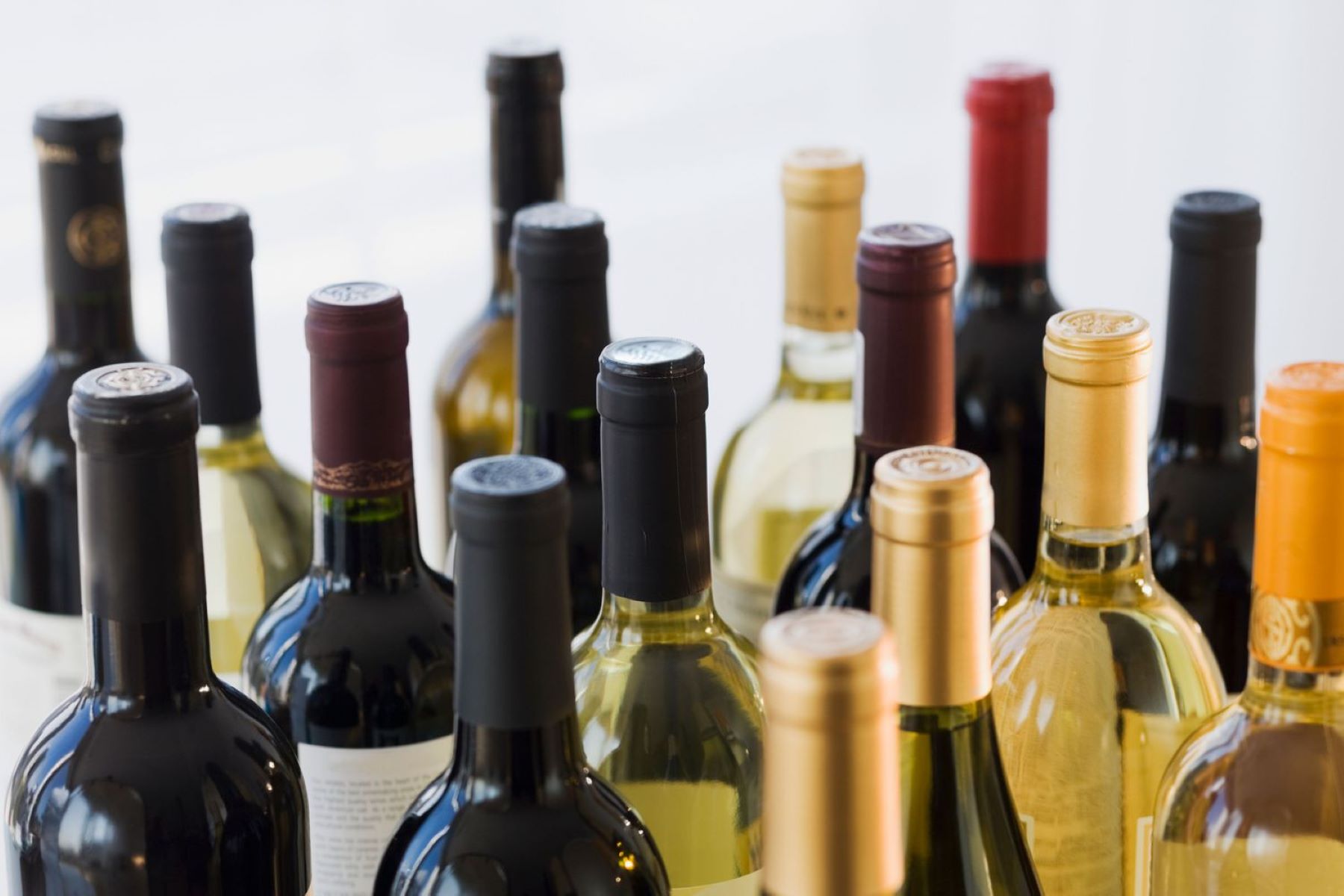
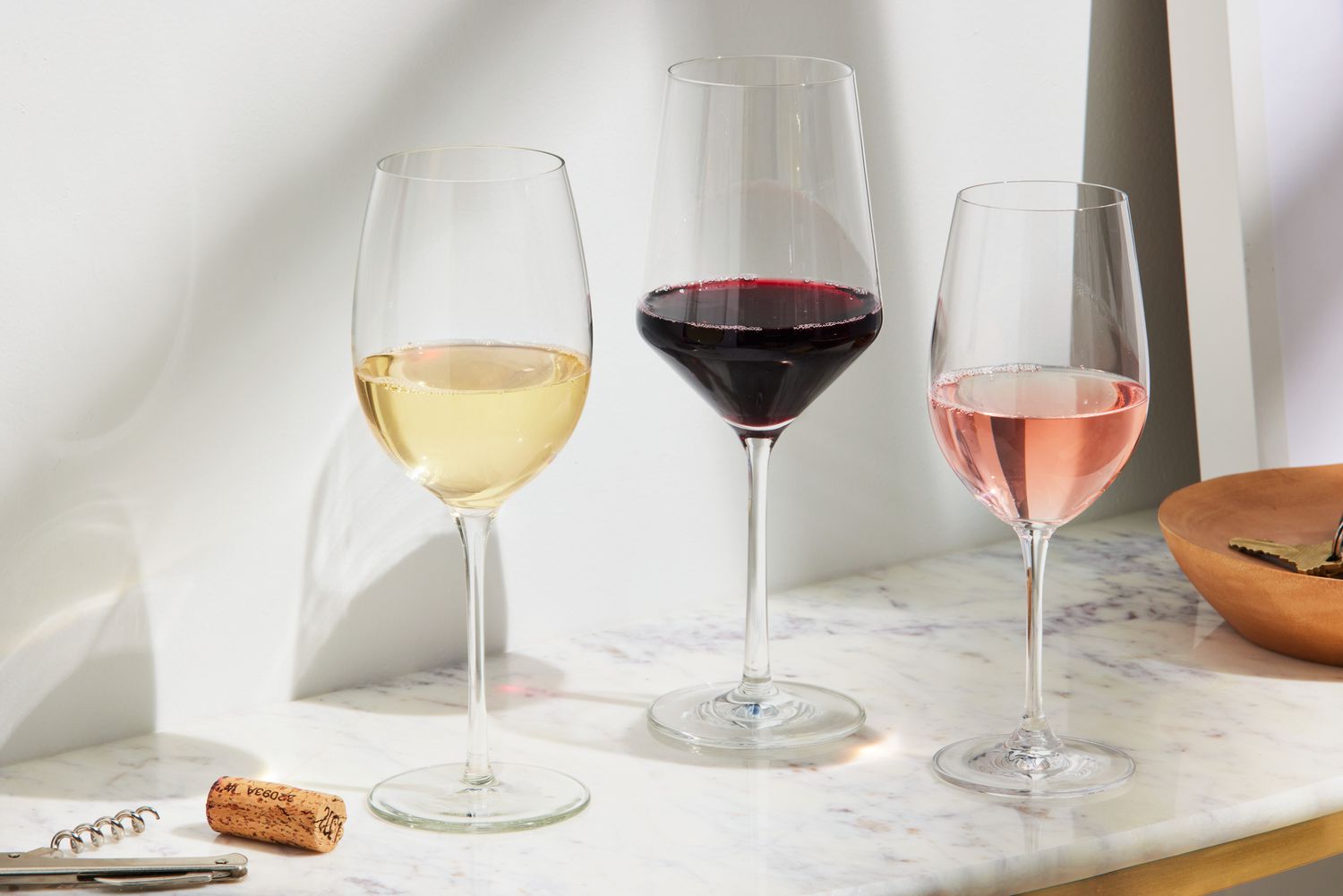
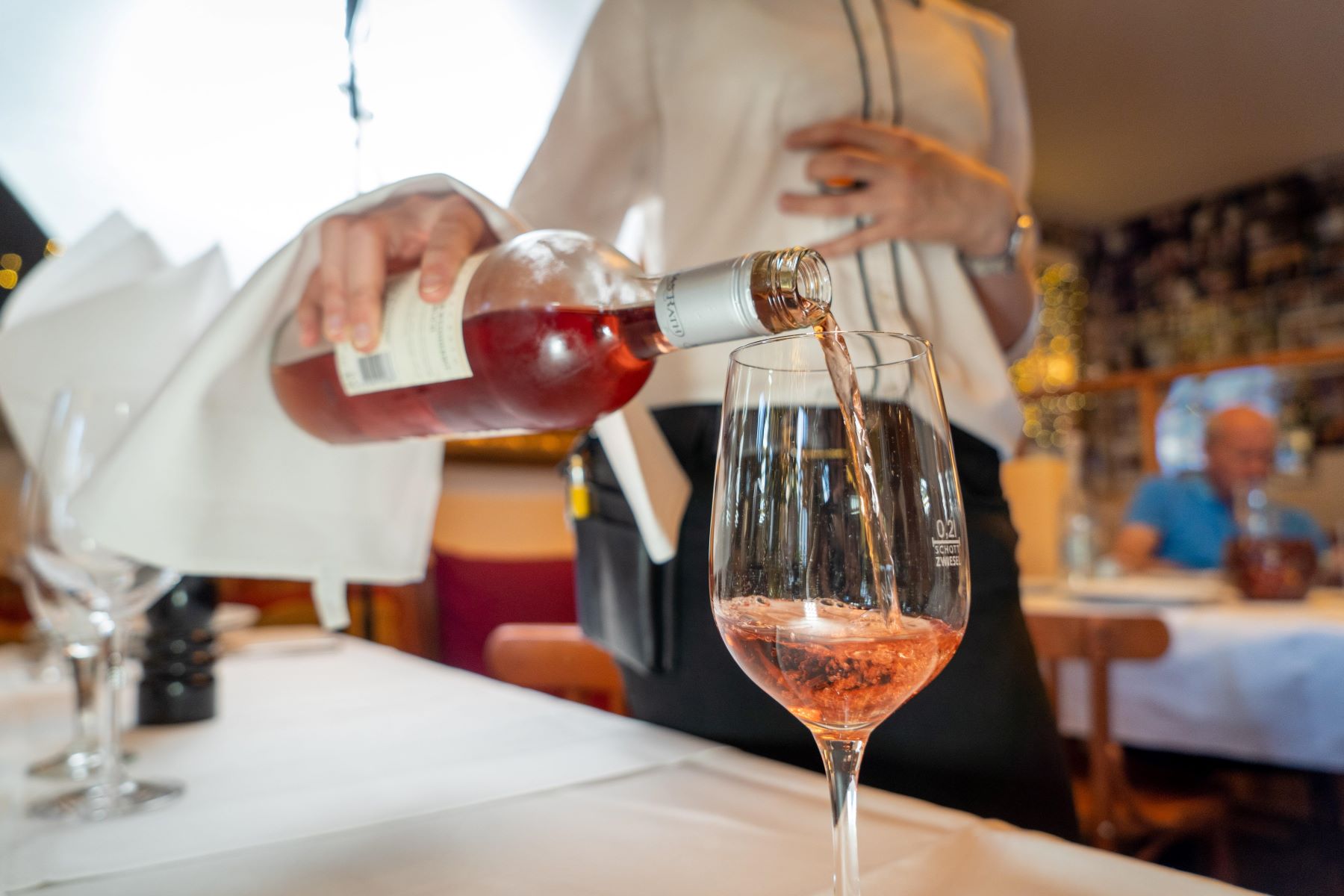

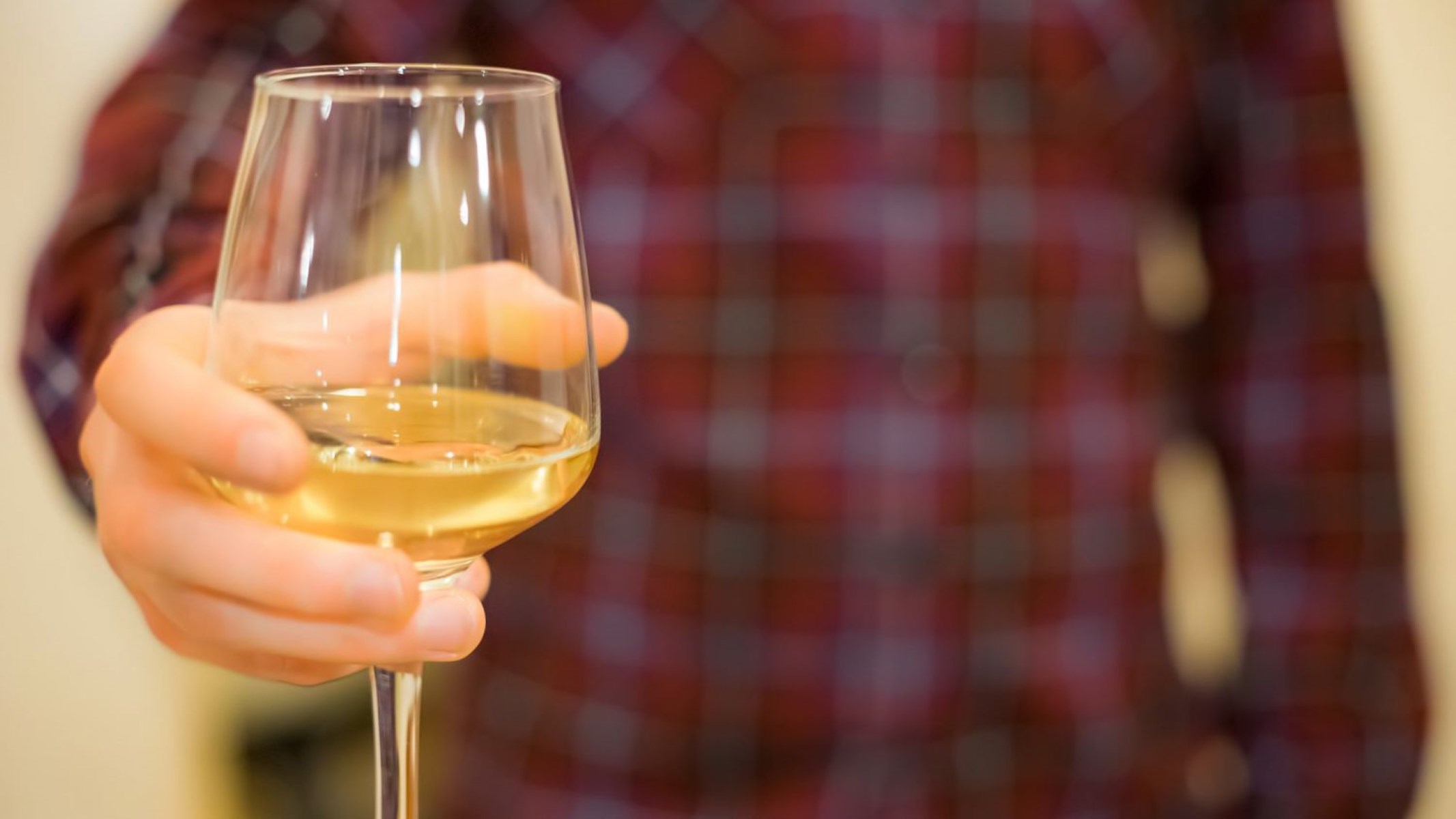
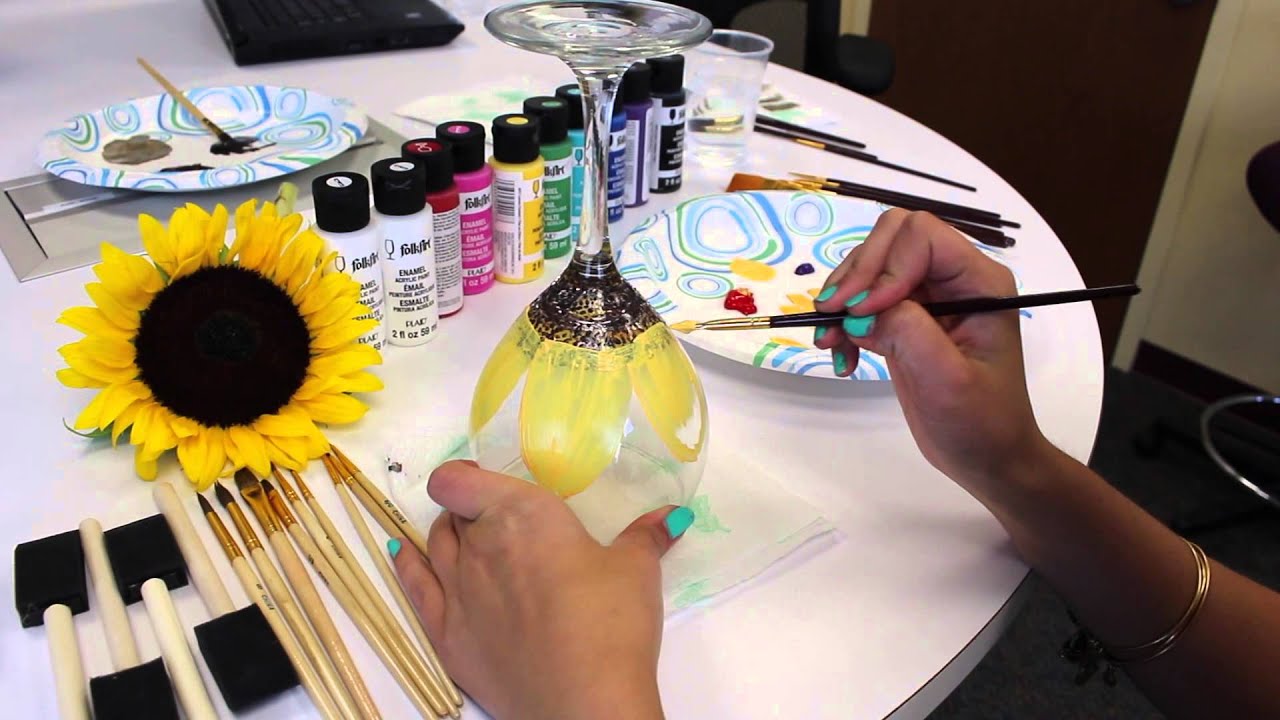
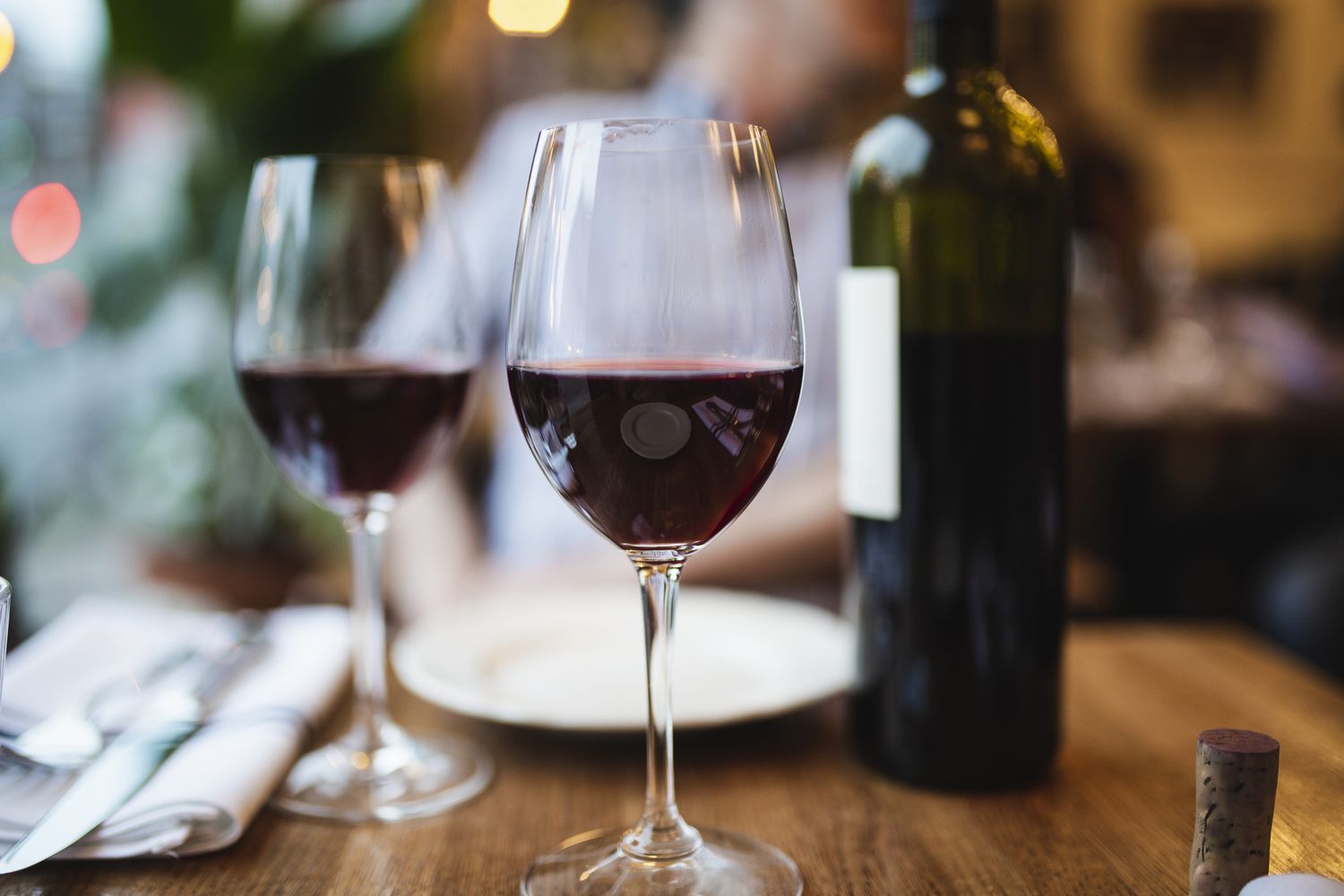
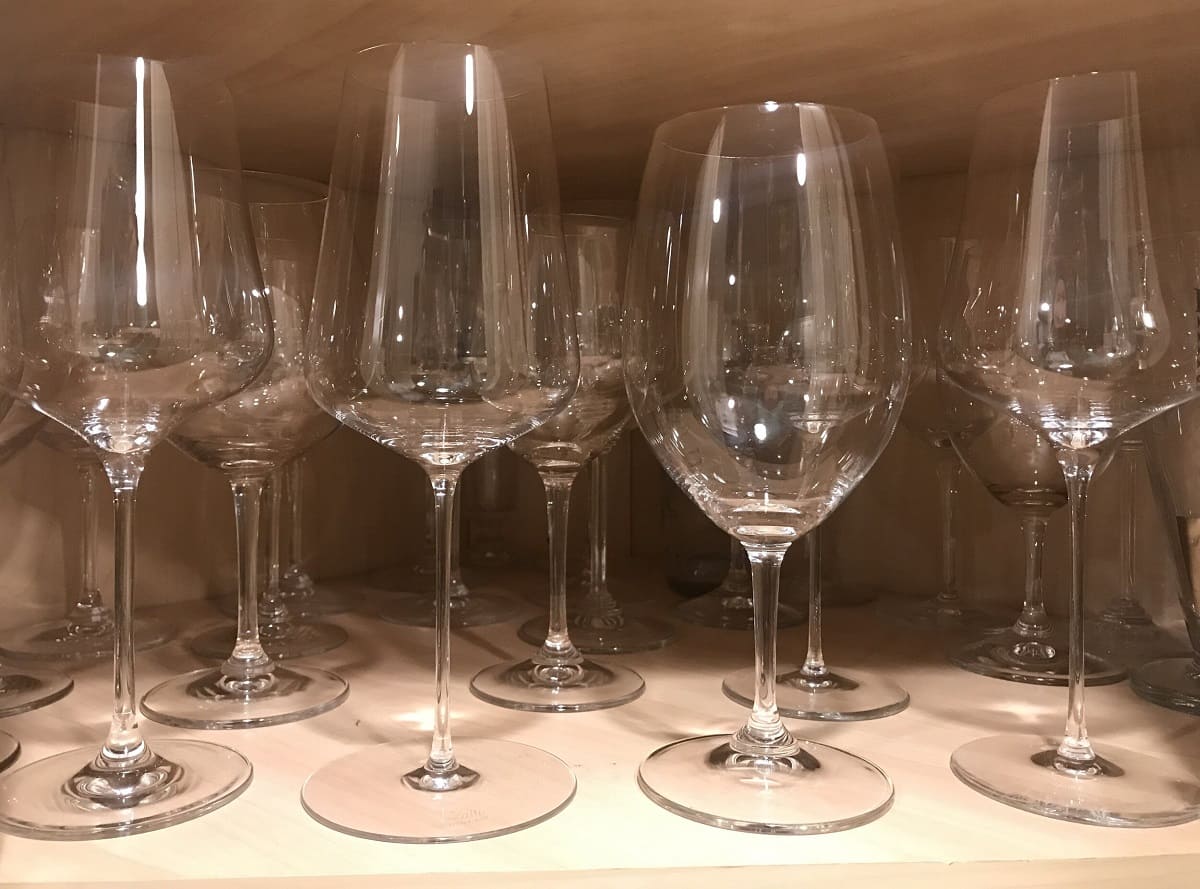
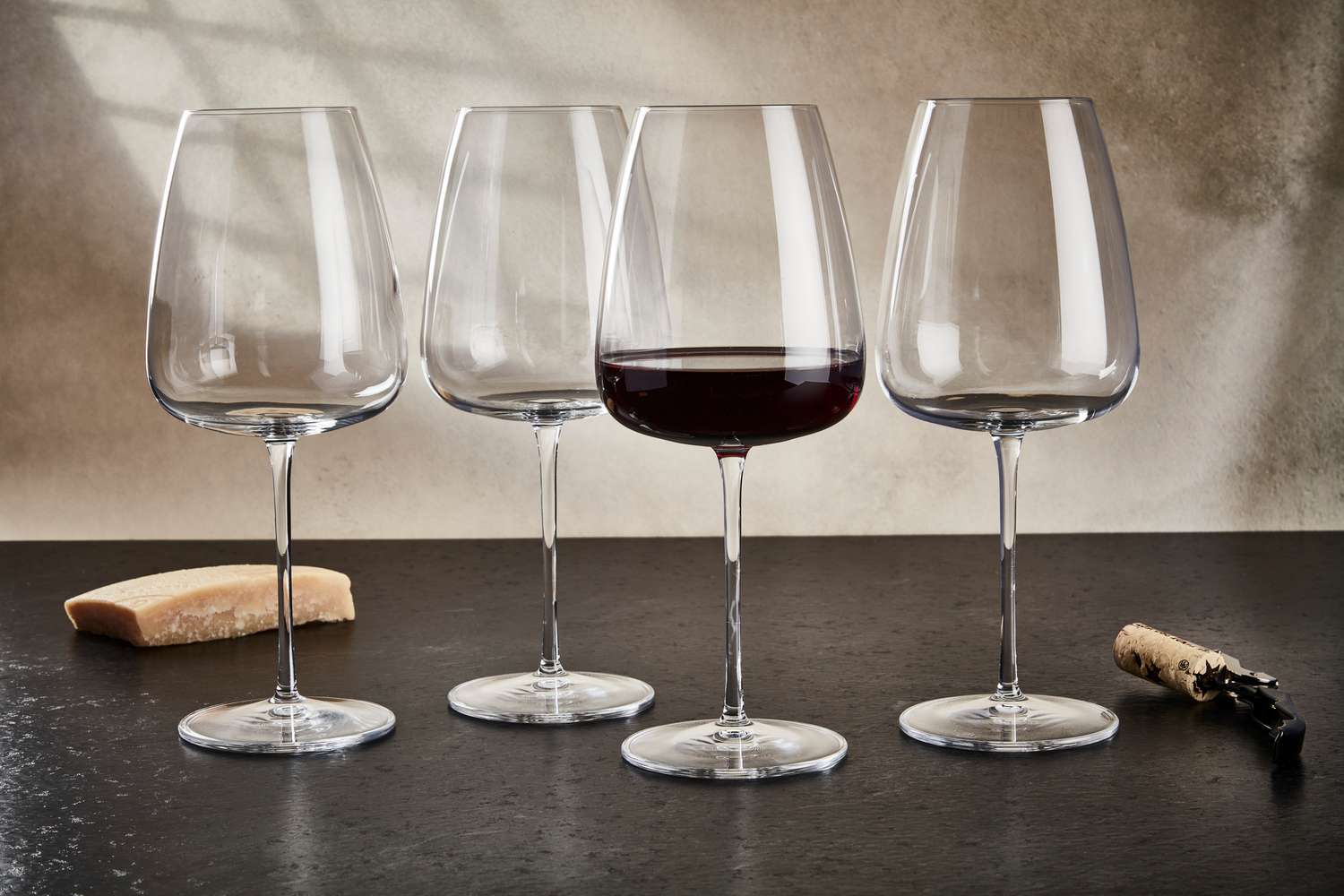
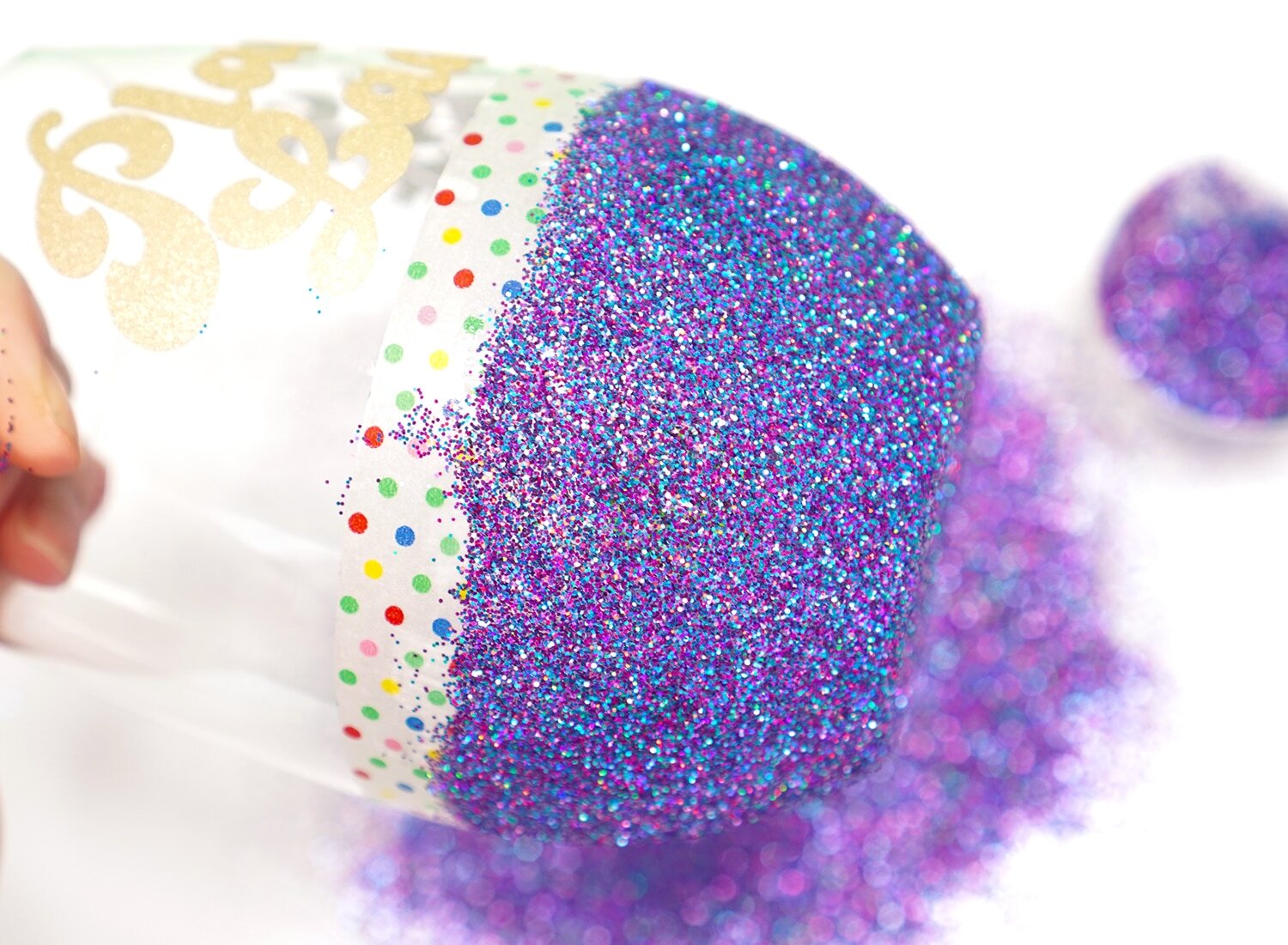
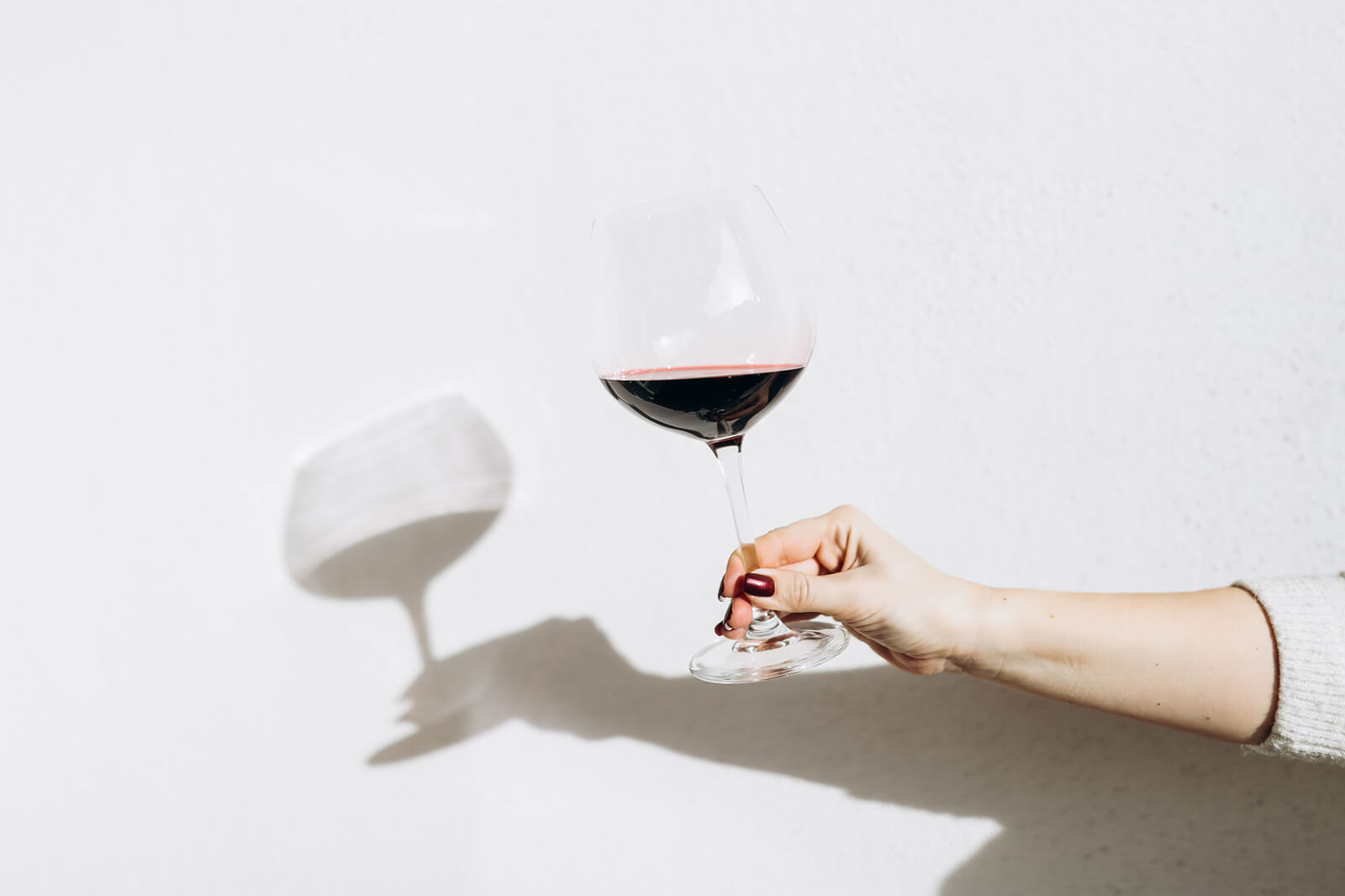
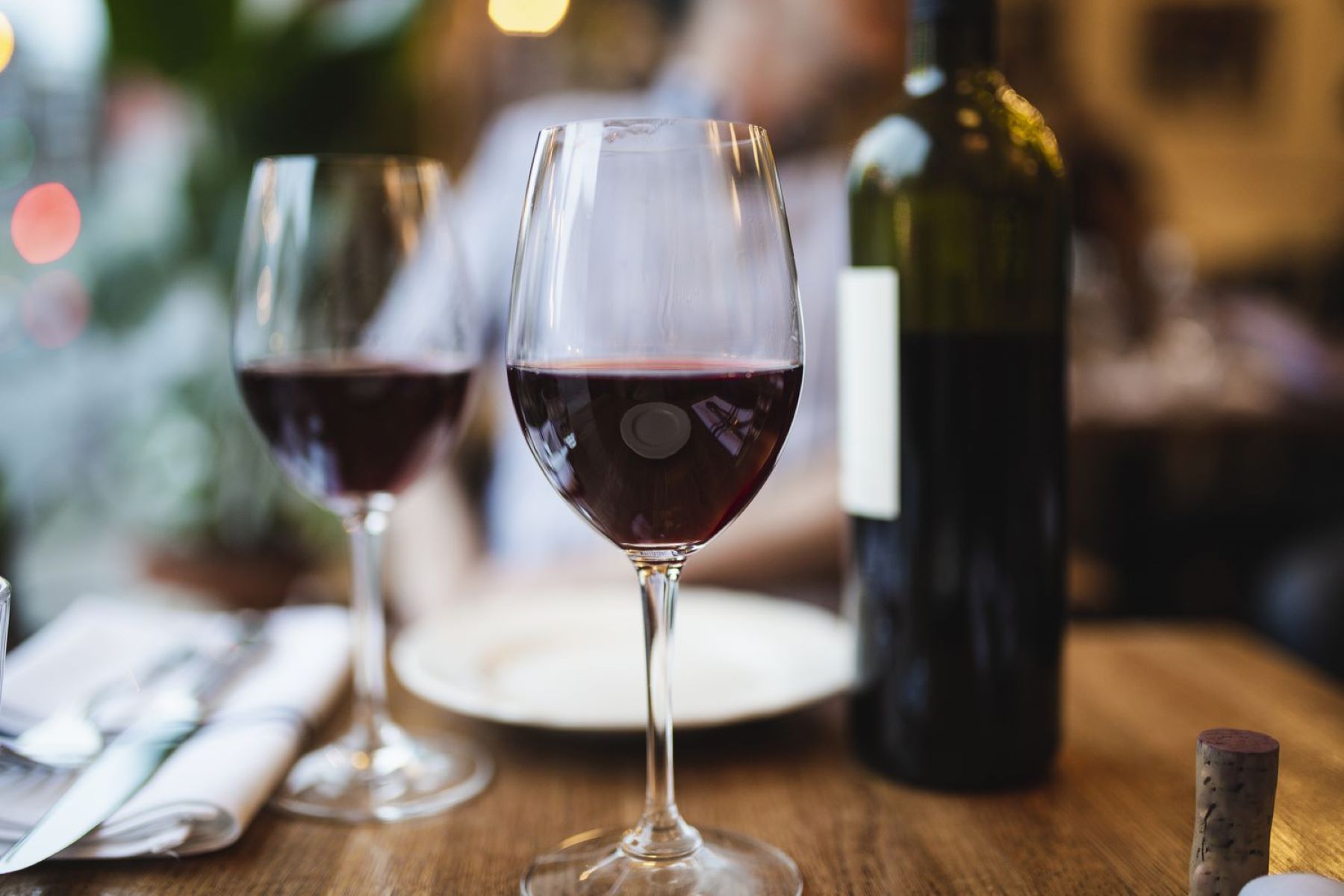

0 thoughts on “How Full Should A Wine Glass Be”